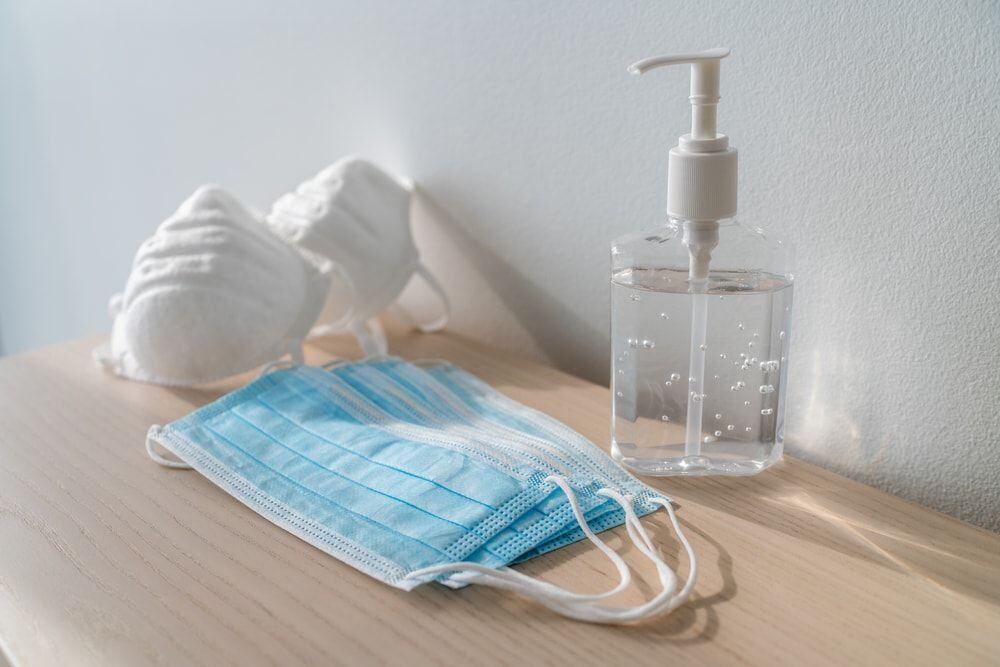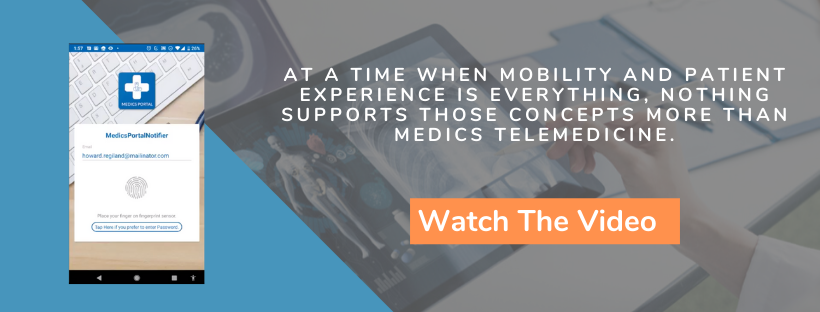How To Prepare For Reopening Your Medical Practice After COVID-19
Large corporate offices and small, local businesses alike are anxiously awaiting the day when they are cleared to reopen their doors. Medical practices are in the same boat, waiting to be able to see patients, deliver the services they need, and at the end of the day, contribute to that bottom line.
According to the Medical Group Management Association, 97% of medical practices have experienced a negative financial impact directly or indirectly related to COVID-19 here in the United States.
But, how can you prepare for Reopening Day? Do you simply hang the “We’re Open” sign in the window and turn on the lights? If only it were that simple.
As a medical software provider, Advanced Data Systems is working with practices across the country to help them prepare for the day they can invite patients back to their offices.
In this article, we will discuss what preparations you need to be making in order to successfully reopen your medical practice.
Where does reopening currently stand?
The Centers for Medicare and Medicaid Services (CMS) has issued guidelines on resuming non-essential procedures where COVID-19 rates are low. Individual states and/or localities can make those determinations on all businesses (including yours) as to how normalcy can and should be phased-in.
What preparations should you make?
While there are many preparations that will need to be made over the coming weeks and months, here are the eight most important things you can be doing right now to ensure your medical practice opens successfully.
1. Proper cleaning and sanitation supplies
You'll need to have a resource for supplying enough personal protective equipment (PPE) for your staff and patients as well as cleaning supplies to keep things as safe as possible during the day. If available, also consider a cleaning service for after hours to ensure your practice is sanitized and ready for the next day.
2. Patient prioritization
You'll also want to assess (triage) patients back into the practice who've been waiting for examinations and/or procedures that couldn't be helped by telemedicine and remote patient monitoring. Once you have a handle on that, you'd be able to more intelligently determine the resources needed for seeing and treating those patients.
3. Practice social distancing
Give consideration to social distancing between patients and staff, other than where close staff/patient contact is needed, and assume this will all be required for the foreseeable future. Your scheduler should be able to space or stagger appointment times, limiting the number of patients in the reception area.
4. Text updates for scheduling
You might even have interactive texting as part of your scheduler which can be used to alert patients outside of the building that they can start making their way in to help reduce the number of people in the office to a bare minimum. Obviously, high-risk patients would need to have special consideration along these lines.
5. Hold specific patient visitation hours
As for high-risk patients, a good idea may be to assign particular days for them only. Your scheduler should be able to help with that based on patients' conditions.
You no doubt have had staff working remotely from home. Assess those positions to determine if any of your team can still work from home even after your Reopening Day, helping to minimize exposure to them and to your patients.
For those at work, daily temperature screenings would be a good idea.
6. Training on updated billing procedures
On the financial and operational sides, you'd want to ensure your team is fully up-to-date on COVID-19 billing protocols and that your in-house system can handle those. Your revenue cycle management company, if you use one, should definitely be current on coding not only for COVID-19 and telemedicine but for remote patient monitoring as well.
Be in touch with creditors, vendors, and suppliers to let them know about your Reopening Day. They’ll be happy to hear that both for you, and for them. Get back on track with them things start to revive, financially.
At the same time, you should re-establish your own collections work if that had fallen off during the crisis. Your system or RCM company should have tools for restarting that, assuming restarting is needed.
7. Review your own financial policies
Now more than ever, pay attention to your own financial policies, or create those if needed. These might include:
- getting out-of-network alerts and eligibility verifications in advance through your system or RCM company
- access to a patient responsibility estimator for "prepping" patients on an approximation of what they'll owe, and for obtaining those payments
- displays on copayments (and be sure to collect them on arrival)
- a portal that, among other things, supports online payments by patients
8. Ensure you have Telemedicine services available
Telemedicine is here to stay regardless of the coronavirus crisis, or better, because of it.
You'll want a telemedicine software that is both iOS and Android-friendly for your patients, and where sessions can be easily invoked from the scheduler by the provider as each one's time becomes current.
Prepare for your reopening now!
As you prepare to reopen your medical practice, be sure to keep each of these steps in mind, as they will be crucial to not only the immediate success following reopening, but the long-term repercussions of this COVID-19 pandemic.
COVID-19 will forever change how medical practices are run, and Telemedicine services will be bigger than ever coming out of it.
If you are looking for a telemedicine service, check out our quick video about Medics Telemedicine software.
Best wishes in remaining safe as you continue to be on healthcare’s front line!
About Marc Klar
Marc has decades of experience in medical software sales, marketing, and management.
As Vice President of Marketing, Marc oversees the entire marketing effort for ADS (the MedicsCloud Suite) and ADS RCM (MedicsRCM).
Among other things, Marc enjoys writing (he’s had articles published), reading, cooking, and performing comedy which sometimes isn’t funny for him or his audience. An accomplished drummer, Marc has studied with some of the top jazz drummers in NYC, and he plays with two jazz big bands. Marc was in the 199th Army Band because the first 198 didn’t want him, and he has taught drumming at several music schools.
Next: read our ADS and ADS RCM blogs, ebooks and whitepapers. They’ll stimulate your brain as well.



